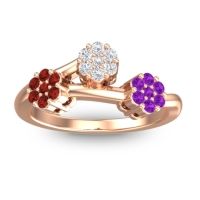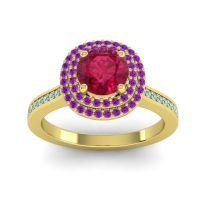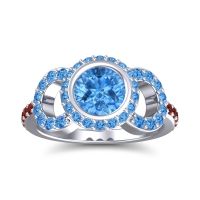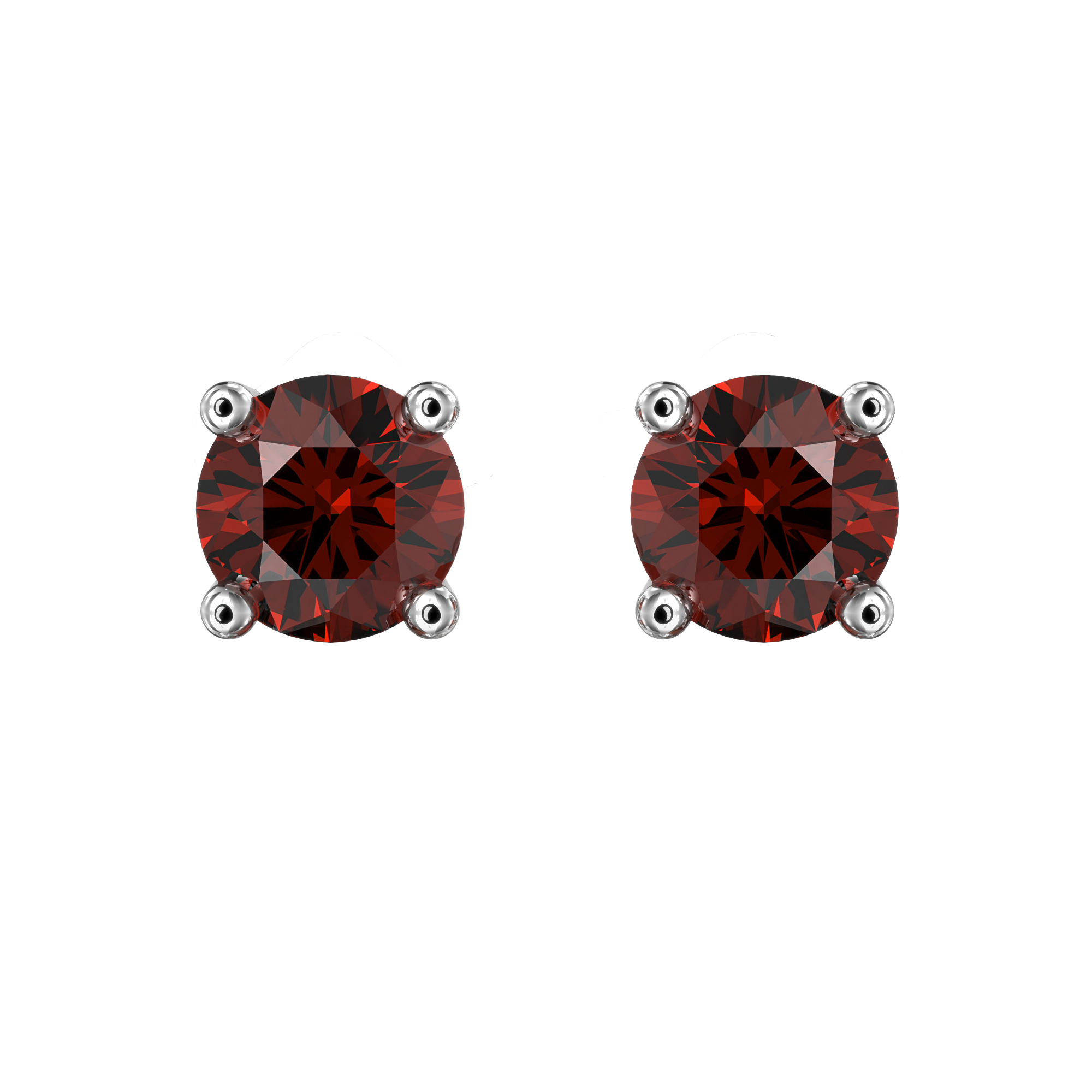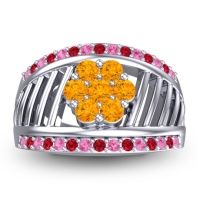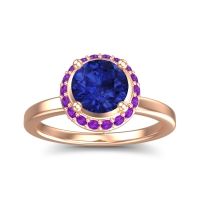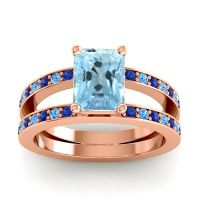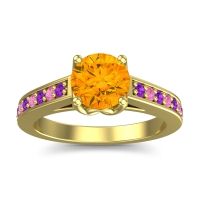Citrine – Maintenance
Citrine is a semiprecious gemstone that is fairly durable, though does require careful maintenance to uphold its shape and sparkle.
Exposure and Cleaning
It’s important to remember that there are a few elements that citrine shouldn’t be exposed to. Liquids include harsh oils, bleach, hair products, acidic perfumes, acetone, hydrofluoric acid, cleaning products, ammonia and other related chemicals. Other types of exposure to avoid are X-rays, high heat or lots of direct sunlight, as these tend to fade the stone over time.
Like many other varieties of gemstone, citrine tends to collect a significant amount oil, dirt and makeup from everyday use. A good rule of thumb to keep your stone in mint condition is to handle it as little as possible while completing routine tasks, such as applying makeup, spraying hairspray or perfume, washing your face, etc. An easy way to remember this is to think: “Last in, first out.” You’ll also want to perform routine cleaning at home twice per month using these five easy steps:
- Pour warm water into a container or sink – enough to completely submerge the gem. While the water is filling into the container, add in a teaspoon of mild liquid soap. If necessary, use a towel or other similar material to protect both the sink and the geode from scratching.
- Let the gem soak in the mixture for about 20 minutes to help loosen dirt and oils.
- Scrub the stone’s surface in a circular motion with a soft-bristled brush to remove loosened particles. If there are multiple stones in your piece of jewelry, be sure to scrub gently in each of the crevices, so as to not break off any smaller stones.
- After lightly scrubbing, rinse thoroughly with room-temperature distilled water. Using distilled water ensures any impurities that could leave behind residue, including mineral deposits, are completely removed.
- Using a soft, lint-free cloth, lightly dab off any water droplets. Letting the stones air dry may cause water spots on the stone’s surface, so be sure to fully dry the entire surface area.
You should also try to visit a certified jeweler once or twice a year to have your gem examined and professionally polished. The jeweler will check the mounting and setting to ensure the stones have not been altered from their original placement in the piece.
STORING
As with many types of gemstones, citrine requires proper storage to avoid scuffs, scratches and chipping. One advised method of storage is to wrap your jewelry in a soft cloth before placing it in a compartmentalized box.
Repairing
If your stone should need mending, apply a coat of borax or other similar heat-shielding substance to avoid any damage while fusing or soldering. For highly expensive aquamarine, it is recommended that the stone be unset by a professional before applying any type of heat to it.









































































































































































































































































































































































































































































































































































































































































































































